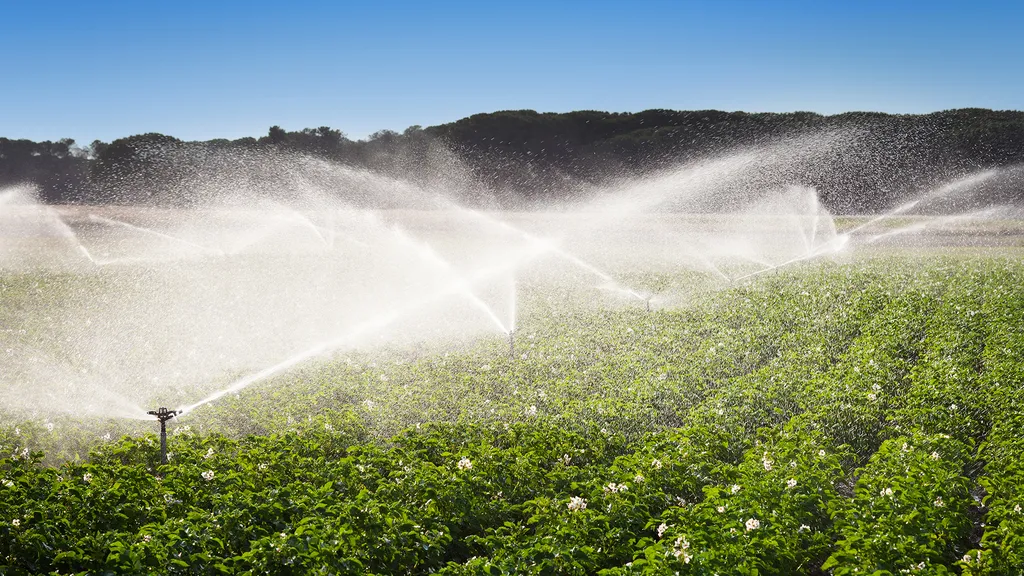In the heart of Lisbon, Portugal, a team of researchers led by Paula Paredes from the LEAF—Linking Landscape, Environment, Agriculture and Food Research Center at the Instituto Superior de Agronomia, Universidade de Lisboa, has been delving into the intricacies of crop growth and water management. Their recent review, published in the journal ‘Agricultural Water Management’ (which translates to ‘Gestión del Agua Agrícola’ in Spanish), is set to reshape how we understand and implement irrigation strategies, with significant implications for the energy sector.
The study focuses on Growing Degree Days (GDD), a crucial tool for estimating crop development and growth. GDD helps farmers and agronomists decide on irrigation scheduling, a key aspect of precision agriculture. The research examines the principles and methods of calculating GDD, with a particular emphasis on base and upper temperature thresholds (Tbase and Tupper). These thresholds are fundamental for determining the crop coefficient curve, which in turn aids in computing crop evapotranspiration—a process vital for efficient water use.
Paula Paredes and her team have meticulously reviewed and tabulated Tbase and Tupper values for 117 different crops, ranging from vegetable crops and herbs to cereals, fruit trees, and vines. This comprehensive dataset is a significant leap forward in the field. “Understanding these temperature thresholds is like having a roadmap for crop growth,” Paredes explains. “It allows us to predict key growth stages such as germination, flowering, and maturity with greater accuracy.”
The implications of this research extend beyond the agricultural sector. Efficient water use in irrigation directly impacts energy consumption. Irrigation accounts for a substantial portion of global water use, and optimizing it can lead to significant energy savings. By providing a more precise method for calculating GDD, this research can help farmers and water managers make informed decisions, ultimately leading to more sustainable and energy-efficient practices.
The study also highlights the potential for real-time computation of crop evapotranspiration, which could revolutionize irrigation scheduling. “This is not just about saving water; it’s about using it wisely,” Paredes notes. “Real-time data can help us adapt to changing conditions, whether it’s a sudden heatwave or an unexpected rainfall.”
The companion paper by Paredes et al., expected to be published in 2025, will delve deeper into the practical applications of these findings, particularly in supporting the computation of crop coefficient curves as outlined in the new FAO56rev crop water requirements guidelines. This ongoing research promises to bridge the gap between theoretical understanding and practical implementation, paving the way for more efficient and sustainable agricultural practices.
As the world grapples with the challenges of climate change and water scarcity, this research offers a beacon of hope. By providing a more accurate and reliable method for estimating crop growth and water needs, it can help farmers and water managers navigate the complexities of modern agriculture. The energy sector, too, stands to benefit from these advancements, as more efficient water use translates to lower energy consumption and a smaller carbon footprint.
In the words of Paula Paredes, “This is about creating a more resilient and sustainable future for agriculture and the energy sector alike.” With their groundbreaking research, Paredes and her team are indeed taking significant strides towards that goal.

